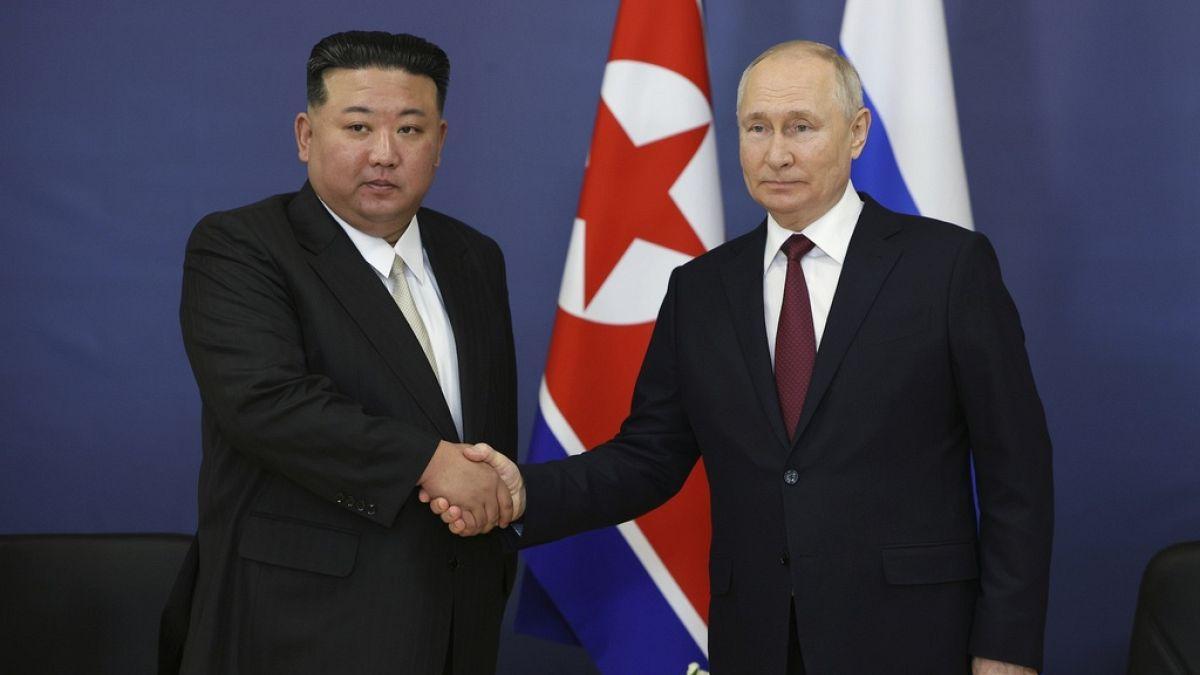As of November 2023, it has been disclosed that the US plans to start manufacturing Stryker armored vehicles in India. This initiative could mark the first time these vehicles are produced outside the US and play a significant role in countering China. Additionally, the US is attempting to push Russia out of the Indian air defense market by offering a license for the advanced Stryker M-SHORAD.
On June 19, Indian media reported that discussions have progressed, with India's Ministry of Defense now considering a three-phase cooperation plan with the US for producing Stryker vehicles. However, there are still various details and requests from the Indian side that need to be addressed.
The acquisition of Stryker armored vehicles depends on their ability to meet the specific needs of motorized rifle battalions. Recently, the US proposed a demonstration to showcase these vehicles' mobility and firepower in India's mountainous regions, indicating the Indian Army's requirement for vehicles adapted to challenging terrains like Eastern Ladakh and Sikkim.
One crucial demand from India is a high degree of production localization, including the transfer of critical technologies to a participating company, whether private or state-owned.
If India proceeds with the Stryker acquisition, it will follow a phased approach: starting with a limited purchase through the Foreign Military Sales (FMS) program, moving to joint production in India, and eventually developing a futuristic version of the armored vehicle. Specific details of this version are yet to be disclosed.
While these ambitious plans with the US are underway, India is also pursuing its initiatives for wheeled and tracked armored vehicles to replace its fleet of over 2,000 BMP-2s.
The Stryker Armored Fighting Vehicle (AFV) is a family of eight-wheeled armored combat vehicles produced by General Dynamics Land Systems for the US Army. Designed for versatility, the Stryker provides infantry transport, reconnaissance, and direct fire support. It measures approximately 22.92 feet in length, 8.96 feet in width, and 8.92 feet in height, with a weight ranging from 16.47 to 20.8 tons, depending on the configuration.
Powered by a Caterpillar C7 diesel engine delivering about 350 horsepower, the Stryker can reach speeds up to 60 miles per hour and has a range of around 330 miles on a full tank. Its eight-wheel drive (8×8) configuration enhances mobility across various terrains, and it is equipped with run-flat tires and a central tire inflation system for sustained operational capability even after wheel damage.
The Stryker offers advanced armor protection against small arms fire, artillery fragments, and improvised explosive devices (IEDs). It features modern communication and navigation systems to enhance situational awareness and command-and-control capabilities.
The Stryker family includes various variants, such as the Infantry Carrier Vehicle (ICV), Mobile Gun System (MGS), Reconnaissance Vehicle (RV), Commander's Vehicle (CV), Fire Support Vehicle (FSV), Engineer Squad Vehicle (ESV), Medical Evacuation Vehicle (MEV), and Anti-Tank Guided Missile Vehicle (ATGMV).
Weaponry on the Stryker AFV varies by variant, with common armaments including the M2 .50 caliber machine gun, Mk 19 40mm automatic grenade launcher, and M240 7.62mm machine gun. The MGS variant features a 105mm tank gun, while the ATGMV is equipped with TOW missile launchers.
The Stryker AFV's primary purpose is to provide a highly mobile, protected platform for transporting infantry and conducting various combat operations. Its versatility allows it to perform a wide range of missions, making it a crucial asset in modern military engagements.




:quality(70)/cloudfront-us-east-1.images.arcpublishing.com/archetype/KVVVGQQ7CFG2BKPXLI5KDKXTHM.jpg)
:quality(70)/cloudfront-us-east-1.images.arcpublishing.com/archetype/DPJCOA66KBGKXIU46AVS6Y5XTU.jpg)
